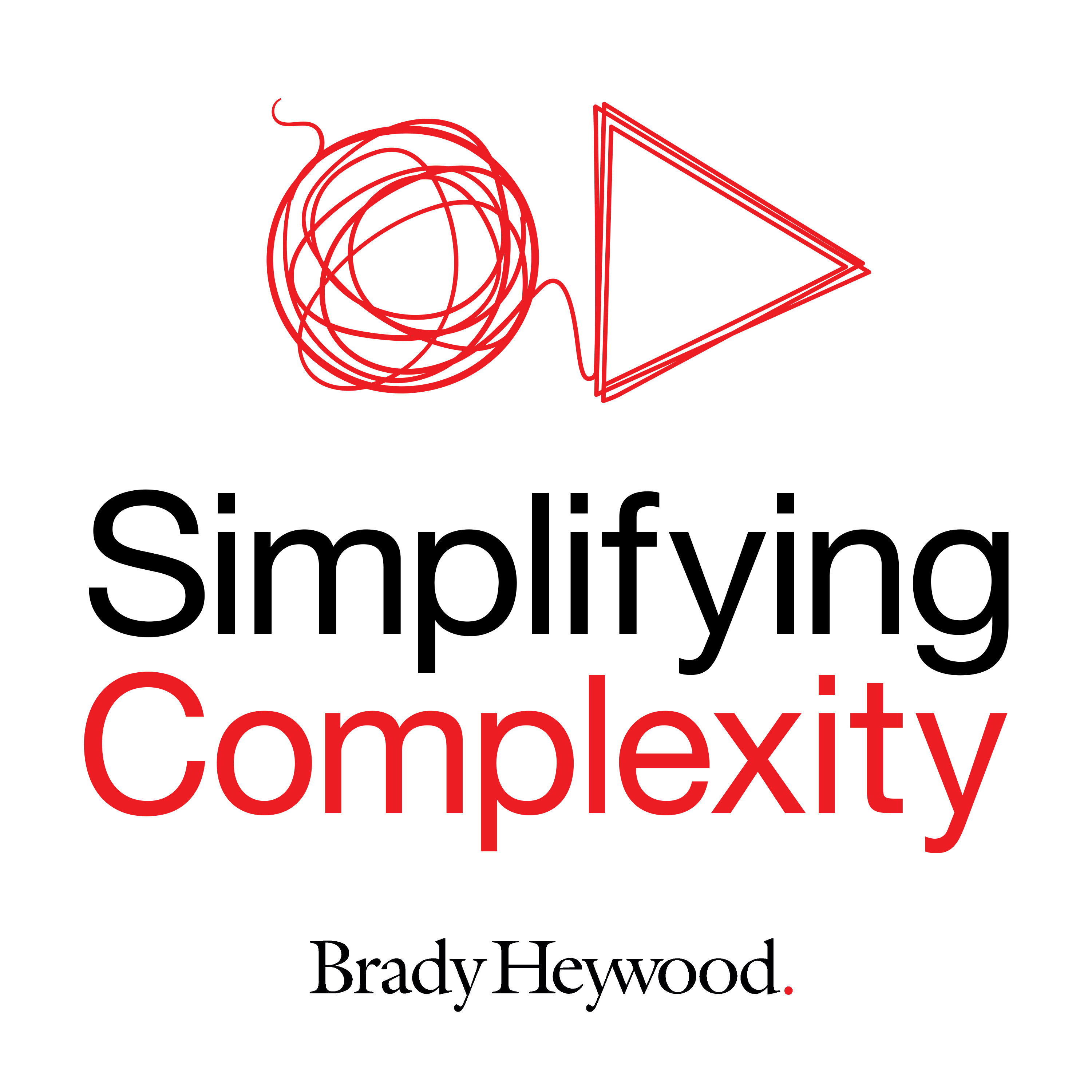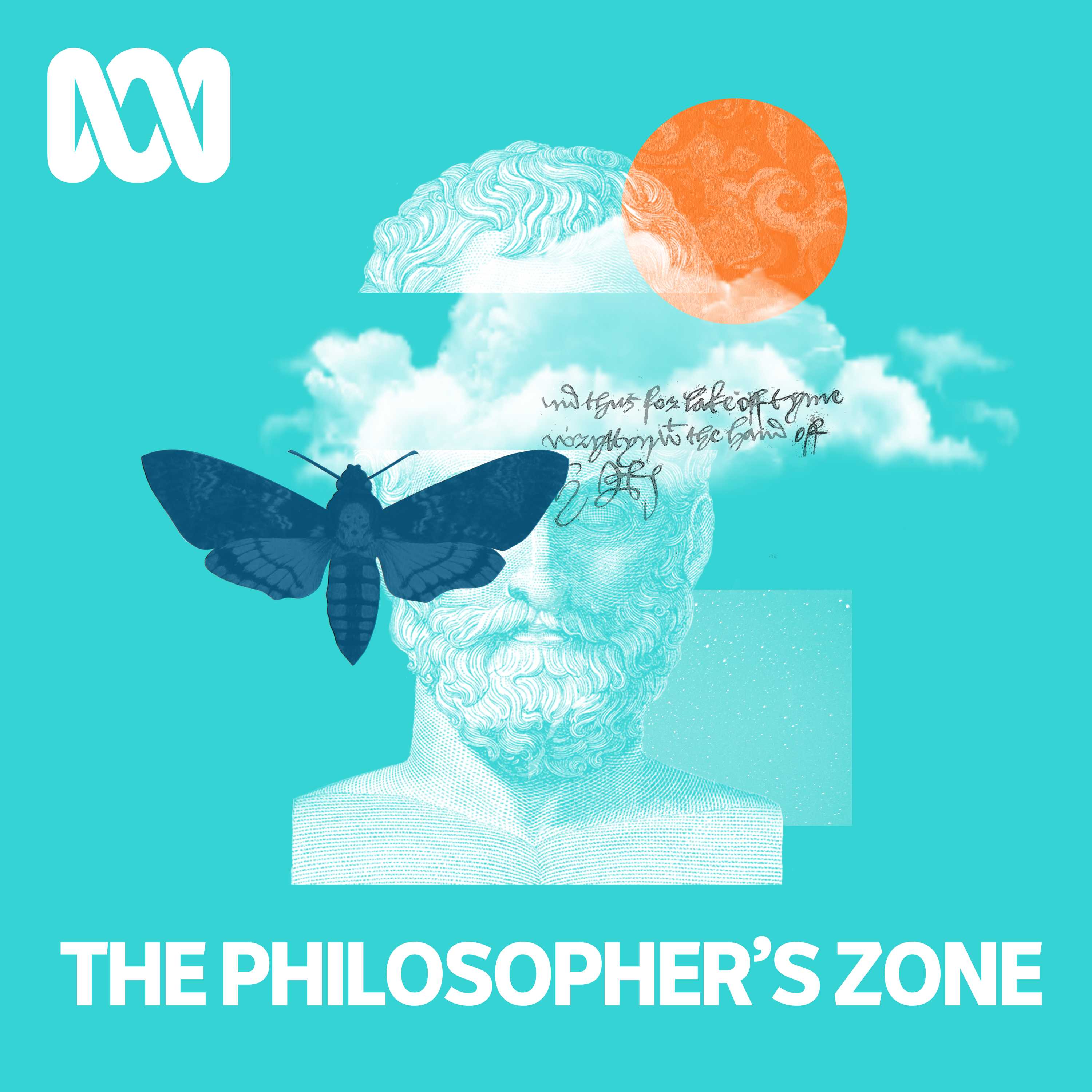
The HPS Podcast - Conversations from History, Philosophy and Social Studies of Science
Leading scholars in History, Philosophy and Social Studies of Science (HPS) introduce contemporary topics for a general audience. Developed by graduate students from the HPS program at the University of Melbourne.
Lead Hosts: Thomas Spiteri (2025) and Samara Greenwood (2023-2024).
Season Five is now here! Episodes released weekly. More information on the podcast can be found at hpsunimelb.org
The HPS Podcast - Conversations from History, Philosophy and Social Studies of Science
S4 Ep 10 - Erika Milam on 'Colloquial Science'
"These conversations are the focus of fierce debate, not because scientists lack authority, but because these are the intellectual battles worth fighting. These are the stakes on which modern society depends"
Our guest today is Erika Milam, Charles C. and Emily R. Gillispie Professor in the History of Science at Princeton University.
Through her research, Erika has found it useful to coin the term ‘Colloquial Science’ to describe work that deals with technical scientific topics but is produced in such a way as to be accessible to a variety of audiences.
The term colloquial science can be distinguished from other terms, such as popular science, as it is concerned with shared conversations between specialists and non-specialists.
Examples of colloquial science, including scientific memoirs, magazine articles, documentaries - and even podcasts – can act as critical sources of inspiration for practicing scientists as well as future generations of researchers.
Transcript at: www.hpsunimelb.org/post/s4-ep-10-erika-milam-on-colloquial-science
Related resources
- Erika Lorraine Milam | Personal Website
- Erika Lorraine Milam | Princeton University
- Creatures of Cain by Erika Lorraine Milam | Princeton University Press
- Erika Milam on Human Nature in Cold War America | JHI Podcast
- The Immense Journey by Loren Eiseley | Goodreads
- Teaching | Erika Lorraine Milam
Thanks for listening to The HPS Podcast. You can find more about us on our website, Bluesky, Instagram and Facebook feeds.
This podcast would not be possible without the support of School of Historical and Philosophical Studies at the University of Melbourne and the Hansen Little Public Humanities Grant scheme.
Music by ComaStudio.
Website HPS Podcast | hpsunimelb.org
Transcript of S4 Ep 10 – Erika Milam on ‘Colloquial Science’
Welcome back to the HPS podcast. I'm your host, Samara Greenwood.
Today on the podcast, I'm speaking to one of my favourite historians of science, Erica Milan, professor of history at Princeton University. In 2019, Erica published her book: Creatures of Cain: The Hunt for Human Nature in Cold War America, which in part explored a series of public facing discussions occurring amongst scientists and informed others about the evolution of human cooperation and aggression.
Through her research, Erica found it useful to coin a new term: colloquial science, to describe work that deals with technical scientific topics, but is produced in such a way as to be accessible to a variety of audiences.
The term colloquial science can be distinguished from other terms such as popular science
or public science, as it's not simply about mass dissemination, but rather shared conversations including both specialists and non-specialists as writers, producers, readers, listeners,
and so on.
One aspect of colloquial science Erica believes is missing from today's media landscape, is scientific publications that wrestle with the big ideas and existential questions that feel most pressing today. Examples of colloquial science including scientific memoirs, magazine articles, documentaries, or even podcasts can importantly act as critical sources of inspiration for practicing scientists as well as exciting future generations of researchers.
Erika Milam: These conversations occupy the public spotlight and are the focus of fierce debate, not because scientists lack authority, but because these are the intellectual battles worth fighting. These are the stakes on which modern society depends.
Samara Greenwood: Welcome to the podcast, Erica. It's so lovely to have you on.
Erika Milam: It is such a delight to be here, Samara. Thank you.
[00:01:57]
Samara Greenwood: We love hearing how all our guests made their way to the world of HPS, so we'd love to hear your backstory. How did you end up in history of science?
Erika Milam: It's fascinating. I have asked myself this question several times, and the thing that I find most interesting about it is that my answer has changed over time. When I first made the shift from biology – I was earning a PhD in biology – to the history of science, the narrative that I told myself was all about how history of science was this amazing pull, that although I loved biology, I really became more interested in how and why scientists think the way they do about the present. That led me to really ask about the kinds of training they had had, how it was that they became obsessed with the ideas, how literally scientists saw the world in different ways depending on their training and background.
The discipline that I found the most useful in being able to unpack that was history. I talked to my advisor in biology at the time and said, I'd really like to write a historical introduction to my biology thesis. And he said, great, I have the perfect person for you to talk to in the history department. I cannot give you any suggestions on how to do that myself – so then it was really this sort of amazing pull.
When I looked back maybe 15 years later, one of the things that I realised was that there were also pushes. I had been trying to find a project and an advisor and kept hitting these stumbling blocks where I had really wanted to be a field palaeontologist and to study the bones of ancient whales in order to reconstruct what early whale life had been like. Totally cool.
But it turns out that the person that I would've worked with had only one active field site, and it was in the uncontrolled areas of Pakistan very near the Afghan border. He said, I cannot bring you as a woman on these trips knowing something about that area. I thought, okay, well, I sort of understand why now I actually wonder about this push and pull.
I've reached the point where neither explanation is on its own satisfactory, but what is clear is that I am a much better historian than I ever would've been a biologist. So who thank goodness for serendipity!
[00:04:33]
Samara Greenwood: So what makes you a good historian and not, you think, such a good scientist?
Erika Milam: All disciplines, all disciplines require a particular willingness to engage in extraordinarily boring work. And it turns out that the boring work associated with being a biologist, for me, was almost impossible. Having to repeat the same experiment six times when you knew it was supposed to work out some way and you just had to get it to actually work, and all of the troubleshooting that went to long with that, I found mind-numbing.
On the other hand, it turns out I have a huge capacity to read thousands and thousands of pages of documents and books and letters and only incorporate 10% of it into my work, and I'm totally okay with that. I do really think that this quality of boring research, you have to find the discipline that works for you and that you're really excited about.
Samara Greenwood: I haven't thought about it like that, and I can totally relate, and you get so excited about the boring stuff and try and tell someone else, and they go, that is really just boring!
Our central topic today is colloquial science. So this is a term you coined in your book Creatures of Cain in which you explore shifting scientific and popular views on human nature in the US during the Cold War. So firstly, could you briefly introduce us to the concept? What do you mean by the term colloquial science?
[00:06:07]
Erika Milam: This is a great question. When I was coming up with the idea that I called colloquial science, I was looking for a way of describing a mixed genre that could be produced either by scientists or by non-scientists who were considered to be experts in the scientific topic about which they were writing and which were read both by scientists, potentially scientists, not trained in that field, but maybe and general readers in the public who had no scientific training.
I found that the opposition of popular and professional just didn't capture that for me, that I wanted to be able to think of science as being written on a longer continuum where both ends were up for grabs, the production end and the audience end. What really emerged for me was this idea of a shared conversation in which many people with many different backgrounds were participating and expertise could be constituted as literary skill, as scientific prowess, as political commentary and understanding.
[00:07:27]
All of those were important to these conversations about what does it mean to be human? I was looking particularly from the 1950s to the 1970s and in this moment, there was the rise of the intellectual paperback and of movies and films and television shows, late night interviews with Johnny Carson that many people were participating in: I wanted a term that captured that.
The first term that I thought of was vernacular science. It turns out vernacular science is taken – it means something very different – so then I started really thinking, okay, if I'm going to make this a term, what term do I want to use? Colloquial captured for me something about the quality of the conversation about how we express ourselves.
That was different than thinking a little bit more about questions of popularity, which implies mass readership; some of these books had mass readership and some of them didn't. Colloquial for me captured a great deal of the nuance that I wanted, but also allowed the concept to be expansive enough to really cover the wide variety of conversations that I was witnessing in this moment.
[00:08:49]
Samara Greenwood: What were some of the main examples you looked at in your book Creatures of Cain?
Erika Milam: One of the examples that I really appreciated the most – and I tried to find a category that fit him – is an anthropologist by the name of Loren Eiseley who wrote his first book, which was called The Immense Journey. It was interesting because it was partly science for sure; he was writing about anthropology, but it was also partly memoir – he really sought to capture the majesty of human evolution. For example, he encouraged his readers to imagine the fate of human ancestors recorded as a speeded up motion picture through a million years of time.
His book was fascinating for me both because it is a brilliantly written, very engaging example of colloquial science in this era. Also, because when I interviewed scientists of a younger generation, people who would've been teenagers or maybe early college students when his work was being published and continued to be read, they all found it inspirational.
This was a case of a book that was read by aspiring scientists and really convinced them that they wanted to devote their lives to science. It therefore was read by anthropologists, by general readers, by young aspiring scientists who then went on to do their own brilliant work. I highly recommend it.
[00:10:34]
Samara Greenwood: I'm really interested in finding out more about that. I found the term particularly helpful; it's so inclusive of a broader audience, as you mentioned, than that's suggested by popular, or public, science. For example, a piece of colloquial science might be directed at science students.
As you mentioned, scientists still have the specialties – or even specialists – interested in considering the implications of their own work in broader context. I was wondering if you could provide some concrete examples of colloquial science that lie outside of what we would traditionally think of as ‘popular science’.
Erika Milam: I really like this question too. One of the key examples that come to mind are scientific magazines that are designed often for this mixed audience of scientists and more general readers. The first example that comes to mind is Scientific American, which is distributed and primarily read by scientists, but everyone who writes for it knows that the main readers of their article are not going to be necessarily specialists in their field, so they have to appeal to a broader readership.
I find now as a historian of science, they make great primary source reading material for students because they often have enough of the social frame to show why this particular question is so important at that time. The final two paragraphs at least, really broaden out to a much bigger perspective on science and society today.
To go back to Loren Eiseley for just a moment, I continue to be fascinated by this genre of part scientific ideas and part memoir, and telling the stories of people's own lives as a way into the material.
[00:12:21]
I've been totally intrigued at the real rise of a new generation of scientific memoirs recently and how incredibly powerful those have been. When I was writing the book I said, which I still think is true, is that largely this genre of colloquial science begins to die in the mid 1970s. That's in part because books no longer have the professional caché by the mid 1970s that they did in the 1950s.
If you were writing for your colleagues, in addition, by the mid 1970s the expectation is that will come out as a series of scientific articles, and that if you write a book that is intended for a much broader audience but not really for your professional colleagues, that's not where you're making your larger claims. And I miss that. I miss that as a genre.
I think that there's something really different about article-length arguments and book-length arguments – and the kinds of questions that inspire books and take books to answer are these really big existential questions that we have about the world. I would really love to see more of those being written.
[00:13:45]
Samara Greenwood: What insights or lessons do you think can be drawn from your research into the history of colloquial science during that period in the 20th century?
Erika Milam: I think there are a number of potential insights or lessons that could be drawn. When I was writing Creatures of Cain, I was really fascinated by the rise in the fall of ideas – of a specific set of ideas.
Loren Eiseley is a great example of someone who wrote with passion and conviction, really about the beauty of the human spirit and about how inspirational it is that humans are capable of doing the things that we are now capable of doing. He really saw, in the cooperation of people, tremendous gains in technology and science in shared governance.
By the later 1960s and early 1970s, the main way that people wrote about human nature was as far more violent than that. The underlying questions that scientists were asking really changed as a result. In the 1950s for Isley, if you start with a conviction in the beauty of the human spirit, the thing you have to explain is violence.
[00:15:16]
How is it that, given human compassion, there was so much evidence of violence in the past? By the later 1960s, well into the 1970s, scientists instead began to ask how is it that humans cooperate? What is altruism? How can we explain altruism in an evolutionary context? That kind of question only makes sense if your background assumption has flipped. I was really interested in explaining how and why ideas like that can change so rapidly and so powerfully within a shared conversation within this community.
For me, the real insight was that in order to answer that kind of question – how and why do ideas about human nature change over time – we need to pay attention to this shared conversation that's happening between scientists and experts in other domains of public thought. It's really this shared conversation that changes. If we only look at scientific publications, we can't get that story.
[00:16:35]
It's actually impossible to be able to answer a causal story without looking at what's happening in society. Similarly, if you only look at the public conversations and you don't think about where expertise is coming from, and who has that authority to be able to pronounce and to be convincing in these conversations, you can't answer that question either. The real power of colloquial science for me comes from being able to put all of this into a shared conversation.
One of the things I realised over the course of writing the book is that it's a bit of an old-fashioned intellectual question – how and why do our ideas about the world change – and yet the methods in order to answer it, I felt were really quite different.
[00:17:28]
Samara Greenwood: In your work, you briefly touch on some differences in the way male-versus-female works of colloquial science were received. Could you expand a little on what you found?
Erika Milam: One of the things I did find really interesting about the different reception is that it was much harder for women than men to be accepted as experts in these colloquial science conversations. It was also true that often women were more reluctant to wade into these conversations, and that's in part because the stakes of what it means to be a professional were really quite different.
In order to maintain professional identity, then wading into these colloquial, sometimes combative conversations in public was a lot riskier for women than it was for men. At this moment, you have a huge influx of women into the sciences in the 1960s and seventies, and slowly that begins to change.
Now when we look at scientific memoirs, many of them are written by female scientists, which is awesome and has again begun to really shift the conversation. In the 1960s and 1970s, it was a lot trickier; it was a lot trickier for women.
[00:18:50]
Samara Greenwood: It's interesting, I even find that talking to female scientists today that they feel like they have to get to quite a high level of status and significance in their career before they can talk about some of the more controversial topics because they're going to be judged more harshly if their ideas or their thoughts go against the grain. Is that sort of the thing that was happening then as well?
Erika Milam: Absolutely – and there were fewer female scientists who had achieved those levels of credibility, I should say. There are some really obvious caveats to this. Margaret Mead is a great example of someone who had tremendous, tremendous scientific authority and was a vocal and active participant in these conversations.
Jane Goodall becomes that kind of authority figure also. She's a perfect example of someone who, because her work is funded by the National Geographic Society from early on, she's engaged in colloquial scientific conversations before she has the scientific credibility and receives a lot of scepticism about her early results because of that. She's now a totally inspirational figure to young scientists in exactly the way that Loren Eiseley was back in the 1950s, but she had her own difficulties along the way.
[00:20:23]
Samara Greenwood: I was interested to know, what about beyond science? Do you think the concept of colloquial science could be usefully broadened to include other forms of research? So for example, you could have colloquial history or colloquial philosophy, or even simply colloquial scholarship in general. Is this something that could be useful?
Erika Milam: I think so. I think that for many of the humanistic facing scholarly fields, I think this genre still exists: for historians, for sure, also for philosophers. The books that we write are intended to hit this mixed audience, and there's a different set of words that we use and concepts that we use to talk about them. Often people will call them crossover books because they're hitting different kinds of intellectual fields within academia or sort of public-facing books.
This idea that you would write in such a way that would be accessible to non-specialist readers, but that also contains the big ideas and your big arguments about the field for your professional colleagues, that absolutely still exists in the humanistic-facing disciplines. It has, I think, largely fallen away within the sciences.
I do think these big existential questions are the questions that draw in younger people and make them so excited about fields. It would be terrific to see these kinds of books being written in a variety of intellectual contexts as well.
[00:22:02]
Samara Greenwood: That partly goes to answer my next question, which is would you like to see academics taking up colloquial science and colloquial scholarship more today?
Erika Milam: Absolutely. It was certainly true in the 1960s and 1970s, but certainly the relevance of science for understanding our global predicament has, if anything, grown stronger since then. In historical perspective, we can see that highly visible debates over scientific issues are also a sign of their perceived political and social relevance.
The viewing and the reading public then invests scientists and experts trained in these fields – whichever ones those happen to be – with the authority to wrestle with questions about science and society that feel the most pressing right now. I think there's a tendency maybe to worry that there's a lot of criticism of science in society right now, that scientific ideas are being debated, they're not being accepted.
There's part of me that really believes, and it's a counterintuitive argument, and I've had a lot of pushback on it, so I get it: but there’s part of me that believes counterintuitively that these debates are actually signs of a scientific field’s health, not of weakness. These conversations occupy the public spotlight and are the focus of fierce debate, not because scientists lack authority at the moment, but because these are the intellectual battles worth fighting.
[00:23:42]
These are the stakes on which modern society depends crucially – as COVID showed us, right? This is it. Scientists are succeeding in making debates about brains and microbes and viruses and carbon capture core to our own political governance in exactly the same way that the scientists that I wrote about in the 1960s and 1970s succeeded in making human evolution a part of their conversations.
We just have a separate set of really pressing questions that we're interested in. The colloquial science genre has moved, I think, away from human nature and human evolution: but that doesn't mean it's not going strong with, for example, the books of Ed Yong or other authors who are doing tremendous work in each of these newly pressing areas.
[00:24:40]
Samara Greenwood: I know one of the challenges a lot of scientists also feel is the worry that in explaining complex concepts, they'll be oversimplified by others or even extrapolated in inappropriate ways, which did happen in some of the cases that you mentioned in Creatures of Cain. I was wondering, what are your thoughts on that topic; if that's a concern about what's holding certain people back, what can be done perhaps to mitigate that?
Erika Milam: I think one thing is to recognise that debate is not bad. It's easy to see debate as detracting from the authority of science. It's not super clear to me that it does. I think engaging in these conversations, it's important to know that's something that's going to happen. If you're doing your job right, that is exactly what's going to happen. There has to be this – there really does have to be a willingness to just wade into the fray, which takes some guts. I have huge, huge amounts of respect for anyone who's willing to do that with open eyes.
The other thing I would say is that I'm teaching a course right now called Celluloid Science – it's about science and film. One of the things I found really inspirational about the literature on science and film is that nobody expects a 90-minute film or a 60-minute documentary to be able to capture all of the scientific ideas that are necessary to understand this thing.
[00:26:11]
So often, scientific films are seen as a way of sowing interest. They're not the answer. They are an invitation to engage more. They are a way of inspiring curiosity and awe that will draw people in. I think that is also a great way to think about this genre, not as a genre that has to supply all of the right answers all of the time. It can't – but as a way of expanding the circle of who gets to count as part of these conversations, of bringing other people in and of being able to inspire and create curiosity among readers – yes! Do it! That sounds great to me.
[00:27:03]
Samara Greenwood: That sounds fabulous to me too! We're at our final question: I was just interested, what are your remaining questions on the topic? What don't you know about colloquial science, but you'd like to? What would you like researchers – yourself or others – to be investigating on this topic?
Erika Milam: One of my biggest questions is that the Creatures of Cain book was based solely on anglophone sources. I was very interested in the US context and in how a lot of sources written in other countries, other international contexts, were translated, transmuted, and appropriated by the American political conversation.
I suspect for sure that colloquial science conversations work really differently in other places, in other political contexts, in other languages, with different kinds of publishing markets and different ways that book history works in so many other places. That would be an easy place to start: just time and place. Let's expand them.
I think also in the 1960s, one of the new technological devices that made colloquial scientific conversations work according to the dynamics that they worked, was the intellectual paperback. The idea that you have all of these new super cheap publications: you can slide them into your back pocket, you can pop them in your purse, you can take them with you, you can read them on the subway. That was a really different kind of market.
Paperbacks are not exactly where that market necessarily is now. That market could be TikTok or Instagram, or all of these other social media venues. I'm really fascinated by how that has been changing too. I think that there's a lot of exciting new work that can be done, and I think that everyone else's answers are going to be really different from mine – I think that's great!
Samara Greenwood: Fantastic! Thank you so much, Erica, for being on the podcast.
Erika Milam: Thank you, I have really appreciated this.
Thank you for listening to season four of the HPS podcast.
If you are interested in the detail of today's conversation, you can access the transcript on our website at hpsunimelb.org. Stay connected with us on social media, including Blue Sky for updates, extras, and further discussion.
We would also like to thank the School of Historical and Philosophical Studies at the University of Melbourne for their ongoing support. And thank you for joining us in the wonderful world of HPS. We look forward to having you back again next time.
Transcription by Christine Polowyj
Podcasts we love
Check out these other fine podcasts recommended by us, not an algorithm.

The P-Value Podcast
Rachael Brown
Let's Talk SciComm
Unimelb SciComm
History and Philosophy of the Language Sciences
James McElvenny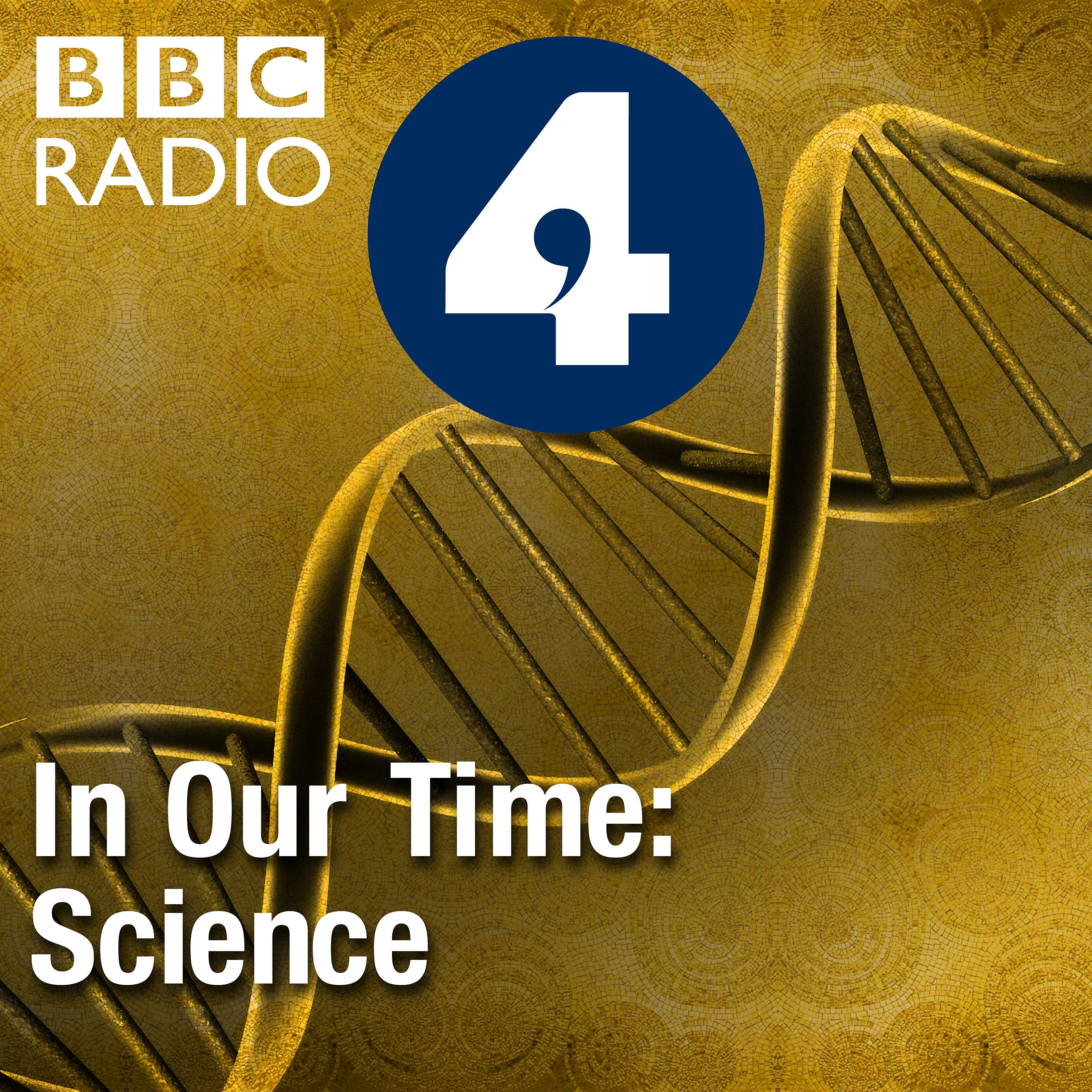
In Our Time: Science
BBC Radio 4
Time to Eat the Dogs
Michael Robinson: historian of science and exploration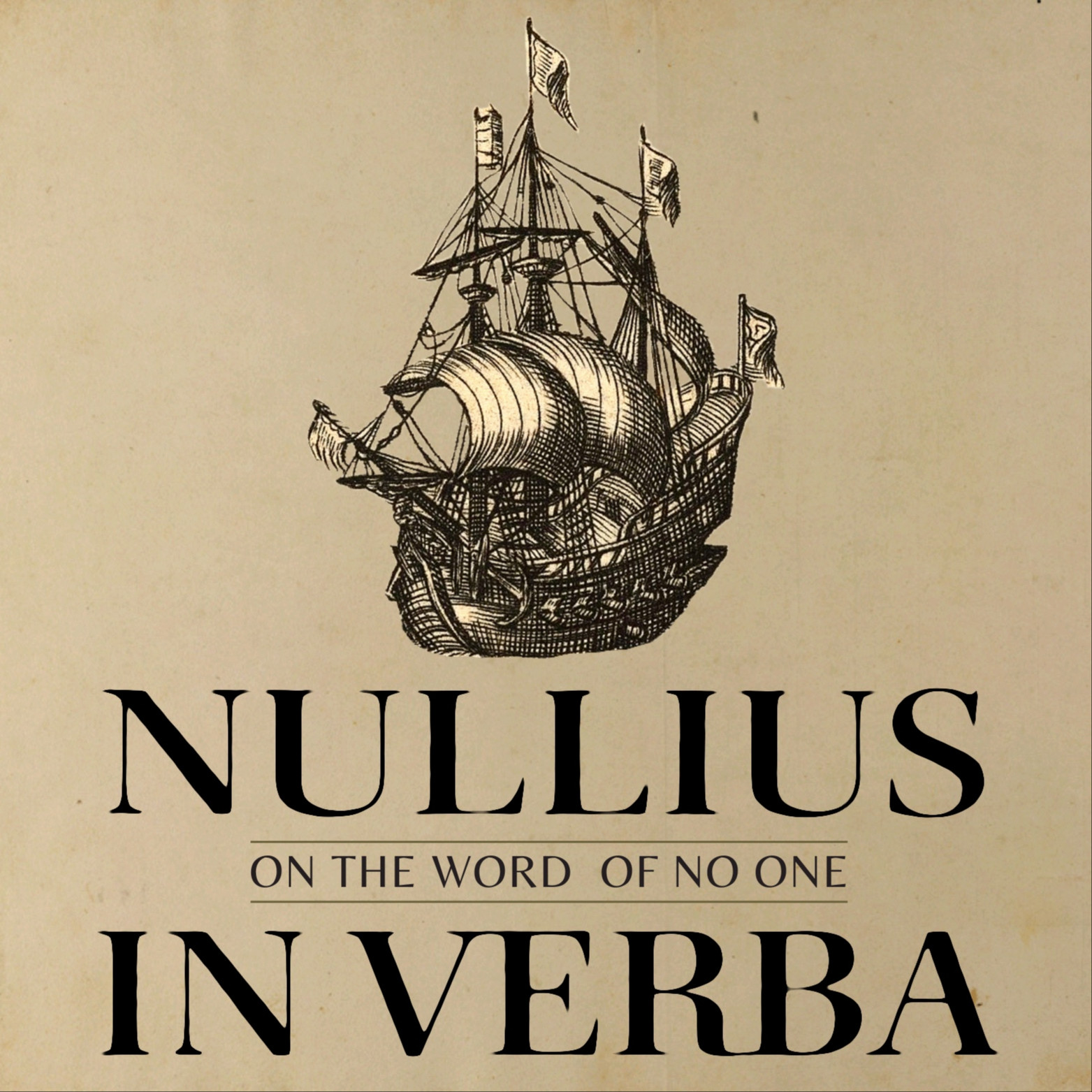
Nullius in Verba
Smriti Mehta and Daniël Lakens
The Disappearing Spoon: a science history podcast with Sam Kean
Sam Kean, Bleav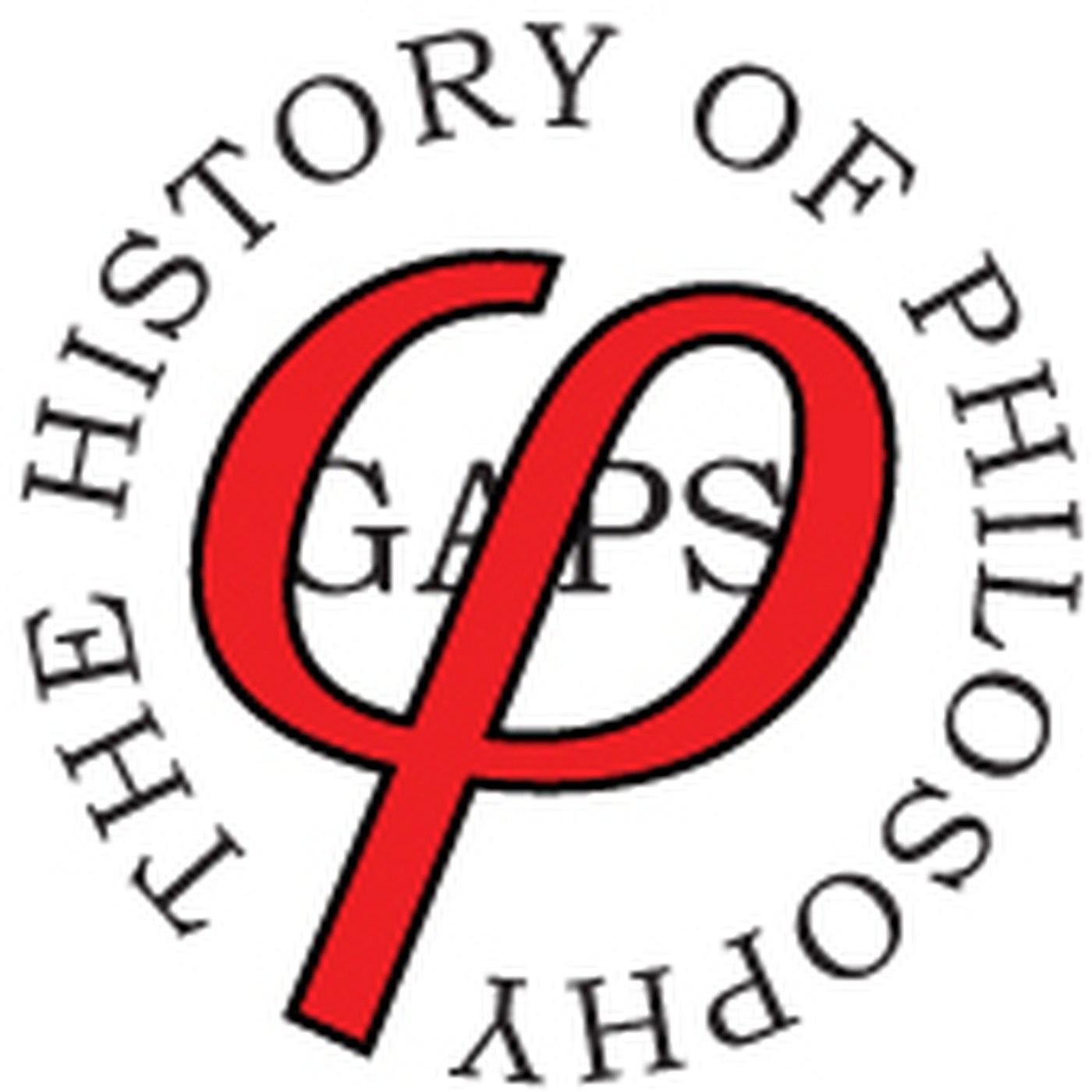
History of Philosophy Without Any Gaps
Peter Adamson
Narrative Now
Narrative Now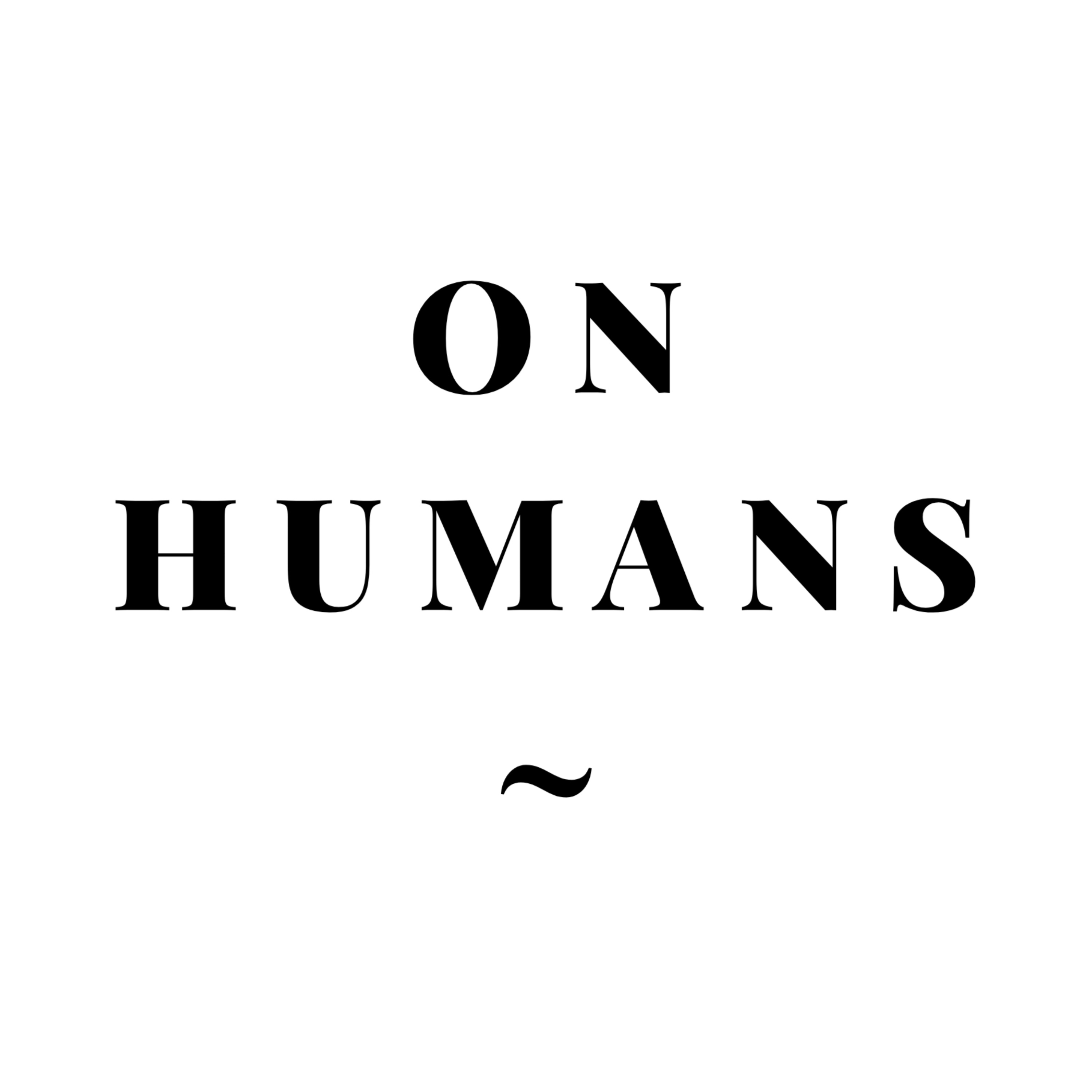
On Humans
Ilari Mäkelä